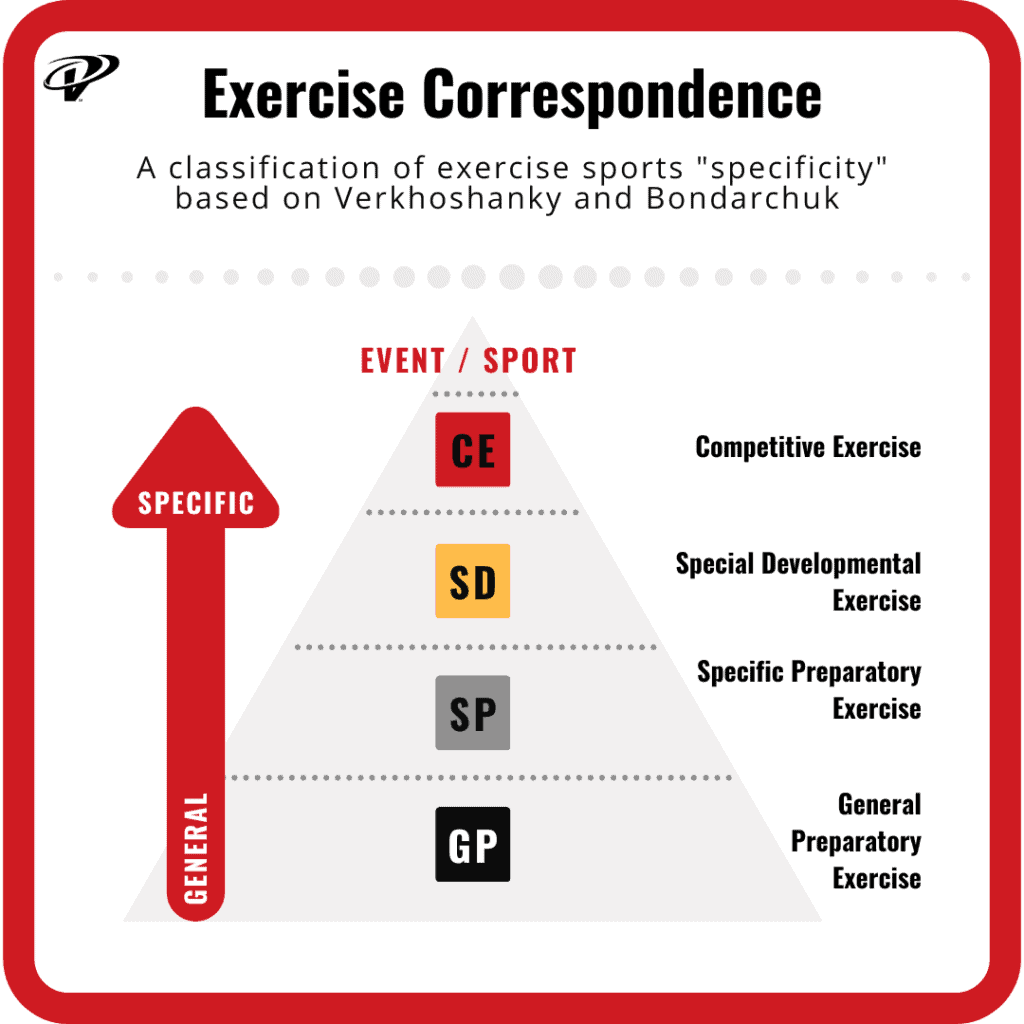At Velocity Sports Performance, we understand why you may be seeking tennis-specific training. We also understand the unique challenges that tennis players face when it comes to improving their game.
One common mistake we often see is players spending so much time on the court without incorporating off-court training that can enhance overall athleticism. The allure of sport-specific training makes sense.
It’s time to find the right balance and unlock your true potential.
Tennis-Specific Training: Unleashing Your Full Potential
Let’s clear the air and define what “tennis-specific” really means. In simple terms, any training that results in improved tennis performance and helps prevent injuries is considered tennis-specific.
It goes beyond just playing tennis or mimicking on-court movements. Tennis-specific training aims to develop the specific adaptations required for the sport, while also addressing potential limitations and injury risks.
Positive Adaptations and Injury Prevention
Playing tennis leads to both positive and negative adaptations in our bodies. Positive adaptations include increased muscular development in specific areas, enhanced aerobic capacity, and improved endurance.
These adaptations directly contribute to better performance on the court.
However, there can also be negative adaptations that can increase the risk of injuries. One of the reasons is that tennis training leads to loading the same repetitive motions. It also doesn’t overload your body beyond the level of the sport.
These negative adaptations include things such as decreased range of motion in certain joints or excessive wear and tear leading to inflammation in specific tendons.
Minimizing Limitations and Maximizing Potential
To minimize negative adaptations and enhance performance, it’s crucial to incorporate different types of physical development exercises throughout your training year. By incorporating a range of exercises with different degrees of specificity we can create adaptation while also minimizing overuse.
Dynamic Correspondence in Exercise Selection
To help give some granularity, let’s delve into the concept of dynamic correspondence and its role in selecting the right exercises to elevate your tennis game.
Dynamic correspondence is all about choosing exercises that relate to the movement patterns, skills, force production, and energy systems used in tennis.
By tailoring your training to mimic the demands of the sport, you can maximize your performance potential on the court. Let’s explore the different types of exercises and their tennis-related examples.

1) Competitive Exercises:
Competitive exercises are those that replicate the actual movements and skills you use during a tennis match. They aim to simulate game-like scenarios and help you develop the specific skills required for success on the court.
For example, engaging in practice matches, and participating in drills that focus on shot placement and strategy are competitive exercises. Performing agility exercises with quick direction changes and returning balls would be competitive exercises that closely mirror the challenges faced during actual gameplay.

2) Special Developmental Exercises:
Special developmental exercises focus on specific aspects of your tennis performance that need improvement. These exercises target particular skills, strengths, or attributes crucial for excelling in the sport.
This is what people tend to think of as tennis-specific training. Afterall it involves the specific patterns and movements of tennis. It looks like tennis!
For tennis, these exercises could involve mimicking tennis footwork with added resistance, or utilizing resistance bands to strengthen your hitting muscles for more powerful shots.
3) Specific Preparatory Exercises:
Specific preparatory exercises aim to prepare your body for the demands of tennis and on-court training. They focus on developing the physical qualities and movement patterns directly relevant to the sport. These exercises help you become more proficient in the fundamental movements and build muscle memory for better performance.
In terms of strength and power, it might be explosive lifts, plyometrics, or that reflect the duration, muscle groups, and rate of force development that you need in tennis.
Another example would be various rotation medicine ball exercises that specific prepare you for the kinetic chain linking you use in your tennis strokes.
4) General Exercises:
General exercises form the foundation of your training regimen and contribute to overall athletic development.
They focus on building strength, power, flexibility, balance, and coordination in a more general sense. They don’t directly replicate tennis-specific movements.
Examples of general exercises for tennis players include weightlifting exercises like squats, lunges, and push-ups, which improve overall strength and stability. Additionally, incorporating core exercises such as planks and medicine ball twists can enhance your balance and stability on the court.
By incorporating a combination of competitive, special developmental, specific preparatory, and general exercises into your training routine, you can optimize your tennis performance.

The Allure of Tennis-Specific Training
Tennis-specific exercises hold a certain allure for players seeking to enhance their performance on the court.
These exercises directly target the skills, movements, and adaptations specific to tennis, making them seem highly relevant and valuable.
However, the danger lies in overutilizing tennis-specific exercises without striking a balance with other types of training. While these exercises play a crucial role in developing sport-specific attributes, neglecting general exercises that enhance overall strength, mobility, and conditioning can hinder an athlete’s progress.
Specialized Training: Elevating Your Performance
In some cases, players may face limitations in executing certain tennis drills due to a lack of first-step abilities or specific physical qualities.
This is where specialized training becomes essential. It bridges the gap between physical abilities and tennis-specific training, ensuring a well-rounded and effective training regimen.
Specialized training focuses on exercises that address underlying physical qualities needed for tennis. Rather than just general fitness or strength, it’s things like training for improving lower-body force development or increasing upper-body velocity-specific joint stability.
The Role of General Training
While specialized and tennis-specific training are both crucial, we must not overlook the importance of general training.
General training includes strength training, global mobility exercises, speed and acceleration development, and more.
Although these activities may not directly replicate on-court movements, they contribute to overall fitness, augment specialized training, and restore essential movement qualities that may diminish during intensive tennis training.
Finding the Right Balance
At Velocity Sports Performance, we believe in a comprehensive approach that incorporates all three types of training: general, specialized, and tennis-specific.
The proportion of time allocated to each type varies depending on individual factors like training age, tournament schedule, injury history, and skill level.
As players progress through their specific preparation phase, the focus shifts towards more on-court tennis-specific training, while still maintaining elements of specialized and general training.
Plan for Success
Effective planning is a vital component of optimizing tennis performance.
By having a structured training program that encompasses all three training types, players can strategically target specific qualities, prevent overtraining, and maximize long-term adaptations.
While flexibility and adaptability are key, establishing a solid foundation through a well-structured, periodized plan sets the stage for success.
Unleash Your Tennis Potential Today!
Whether you’re a professional tennis player or an aspiring athlete, embracing a holistic training approach that includes general, specialized, and tennis-specific training is crucial for reaching your peak performance.
At Velocity Sports Performance, we have the expertise and resources to guide you on your journey. Join us in unlocking your true tennis potential and taking your game to new heights!
